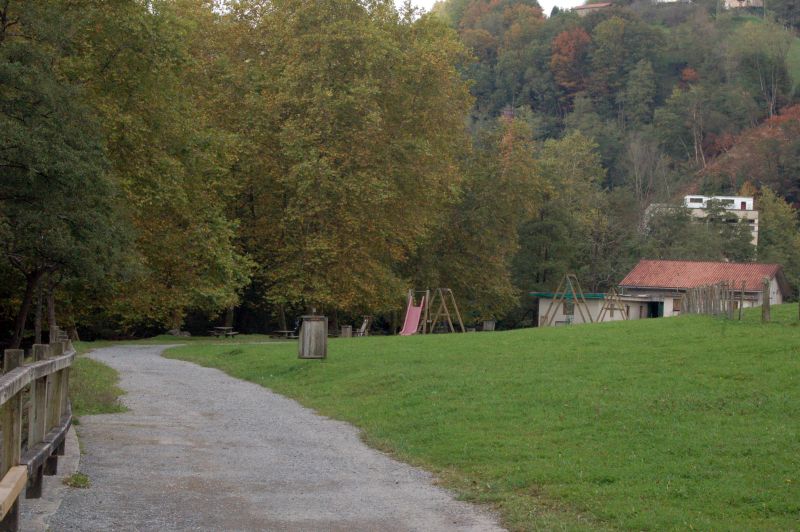
Puntos de Interés

Municipality
Puntallana
Puntallana is a municipality located in the northeast of the island of La Palma, in the province of Santa Cruz de Tenerife. Its municipal territory is just over 10 kilometres from the capital and includes the villages of Tenegua, Santa Lucía, Puntallana, El Granel and La Galga.
Before the arrival of the conquistadors, the municipality of Puntallana was the Benahoarita canton of Tenagua, a name that has been preserved by one of the villages, whose last aboriginal chief was named Atabara. Today's municipal boundaries are the same as those of the canton, delimited as they are by the pronounced geomorphology of La Palma. Some examples include the summit of Piedrallana (2200 m altitude), bordering the municipality of El Paso to the west; and the Barranco de La Galga ravine, bordering San Andrés Saunces to the north. As a curiosity, the latter is home to the Salto del Enamorado viewpoint and the marvellous Cubo de la Galga forest, where laurisilva and ferns abound.
Puntallana has approximately 13 km of impressive coastline, where ravines give way to small calas, or coves, between the cliffs. The most outstanding example is the Martín Luis cove, which is also the only spot on the island with a community of Hercules club (Euphorbia canariensis L.). One of the curious endemic plants of La Palma, next to the one inhabited by the palm tree finch lizard.
After the conquest, several families of settlers settled in the area, proving fertile land for agriculture and the winds were not too strong. So they dedicated themselves to cultivating the land, mainly cereals. It was during this first stage that the first churches were built, such as the Church of San Juan Bautista, the Shrine of Santa Lucía and the Church of San Bartolomé in La Galga. The first stately homes were also built, such as the Hacienda de Don Juan Fernández de Lugo in Santa Lucía and the Casa Luján, which now houses an ethnographic museum.
During the 18th and 19th centuries, many of the inhabitants set sail for the American colonies, but from the 20th century onwards, with the improvements in the island's infrastructure and communications, the area recovered its population and with it vegetable and fruit crops, especially grapevines and bananas, which are still grown today.
The gastronomy of La Palma is the result of the use of island products like cheese, meat from local farms, wine, vegetables, gofio and honey. In the northwest, you can sample grilled goat's cheese with green mojo sauce, traditional papas arrugás (skin-on potatoes), gofio escaldado (a roasted grain flour often served as a savoury porridge-like purée), ropa vieja canaria (shredded meat or chicken with chickpeas), cachapas (corn pancakes), rancho canario (a chickpea, meat, chorizo, potato and noodle stew) as well as local fish and seafood, such as limpets. Desserts include Príncipe Alberto, something of a Canarian version of tiramisú; quesillo, a local flan; and bienmesabe, a sweet almond-based mousse.
The patron saint festivals in Putanalla are held in honour of San Juan Bautista the week of 23 June. The celebration sees different cultural and sporting activities take place in the area including football matches, bicycle rides, wrestling, theatre, magician dance exhibitions, parranda dance, folklore festivals, tastings of local products and concerts. There is also traditional procession and offering to the patron saint.


